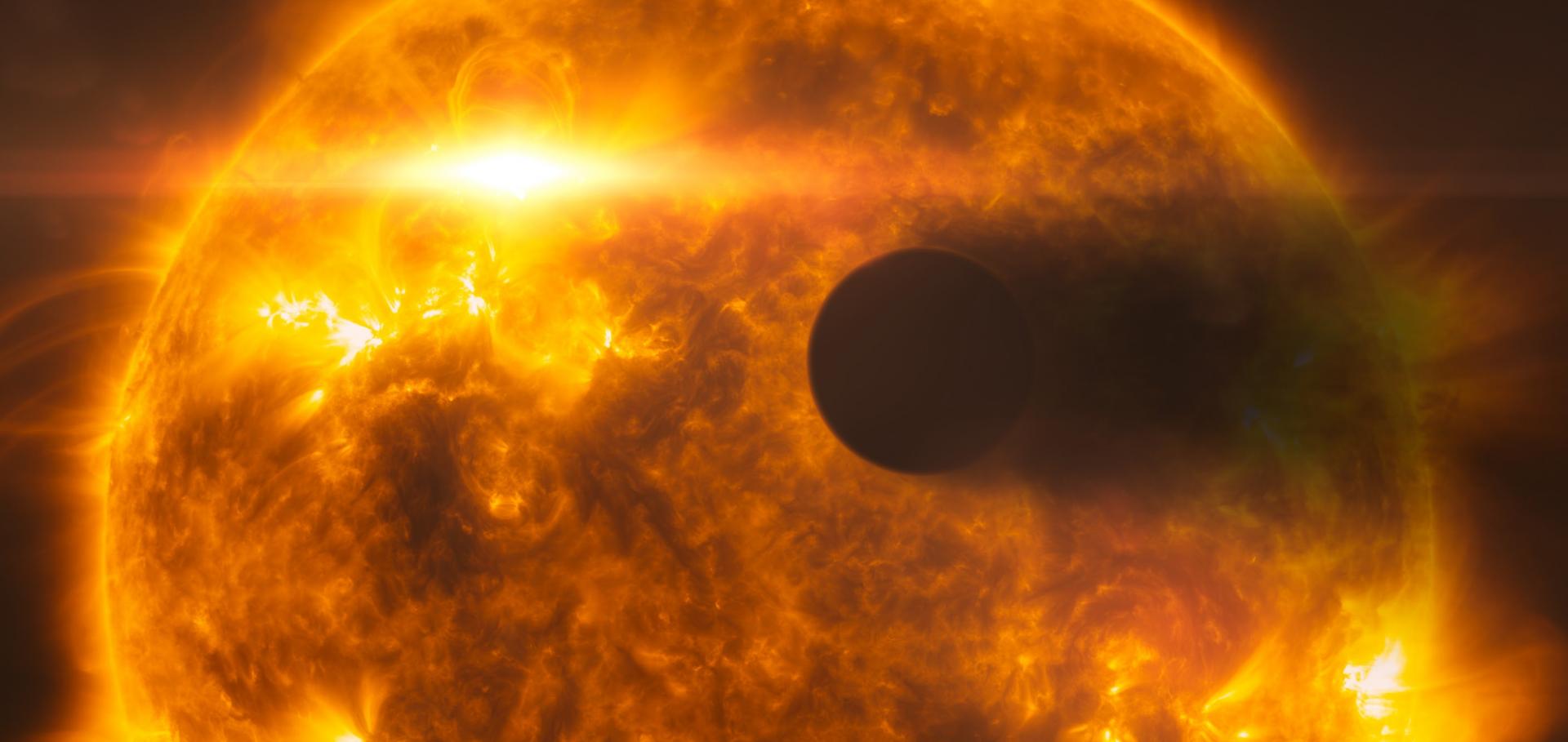Possible detection of phase changes from the non-transiting planet HD 46375b by CoRoT
Astronomy and Astrophysics 518:9 (2010)
Abstract:
Context. The present work deals with the detection of phase changes in an exoplanetary system. HD 46375 is a solar analog known to host a non-transiting Saturn-mass exoplanet with a 3.0236 day period. It was observed by the CoRoT satellite for 34 days during the fall of 2008. Aims. We attempt to identify at optical wavelengths, the changing phases of the planet as it orbits its star. We then try to improve the star model by means of a seismic analysis of the same light curve and the use of ground-based spectropolarimetric observations. Methods. The data analysis relies on the Fourier spectrum and the folding of the time series. Results. We find evidence of a sinusoidal signal compatible in terms of both amplitude and phase with light reflected by the planet. Its relative amplitude is Δ Fp/F* = [13.0, 26.8] ppm, implying an albedo A = [0.16, 0.33] or a dayside visible brightness temperature Tb ≃ [1880, 2030] K by assuming a radius R = 1.1 RJup and an inclination i = 45°. Its orbital phase differs from that of the radial-velocity signal by at most 2 σ RV. However, the tiny planetary signal is strongly blended by another signal, which we attribute to a telluric signal with a 1 day period. We show that this signal is suppressed, but not eliminated, when using the time series for HD 46179 from the same CoRoT run as a reference. Conclusions. This detection of reflected light from a non-transiting planet should be confirmable with a longer CoRoT observation of the same field. In any case, it demonstrates that non-transiting planets can be characterized using ultra-precise photometric lightcurves with present-day observations by CoRoT and Kepler. The combined detection of solar-type oscillations on the same targets (Gaulme et al. 2010a) highlights the overlap between exoplanetary science and asteroseismology and shows the high potential of a mission such as Plato. © 2010 ESO.Transiting exoplanets from the CoRoT space mission. XI. CoRoT-8b: a hot and dense sub-Saturn around a K1 dwarf
(2010)
Transiting exoplanets from the CoRoT space mission. XIII. CoRoT-13b: a dense hot Jupiter in transit around a star with solar metallicity and super-solar lithium content
(2010)
Photospheric activity, rotation, and star-planet interaction of the planet-hosting star CoRoT-6
(2010)
Transiting exoplanets from the CoRoT space mission. XII. CoRoT-12b: a short-period low-density planet transiting a solar analog star
(2010)


